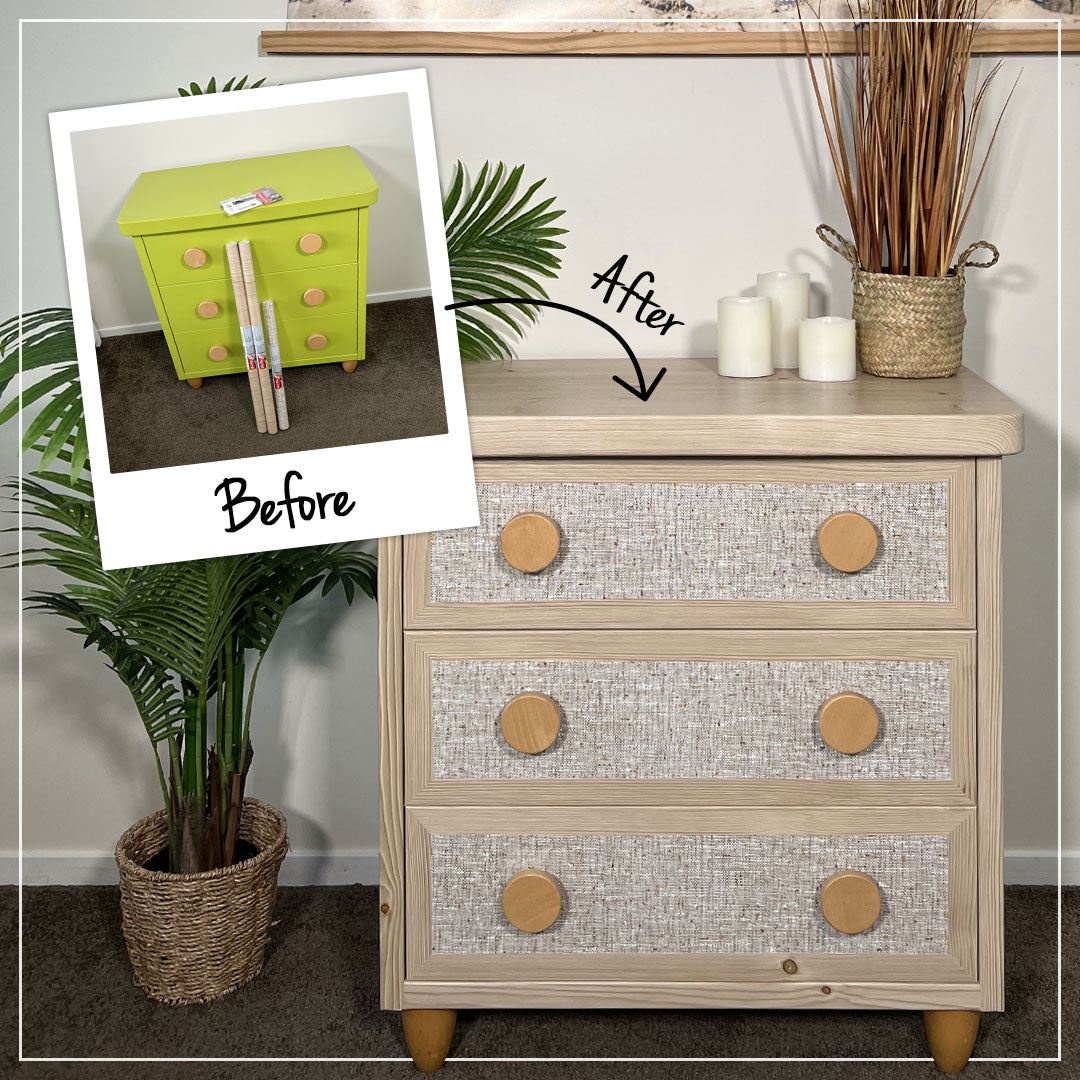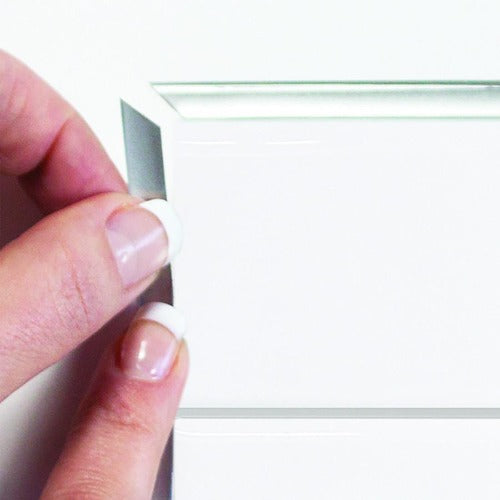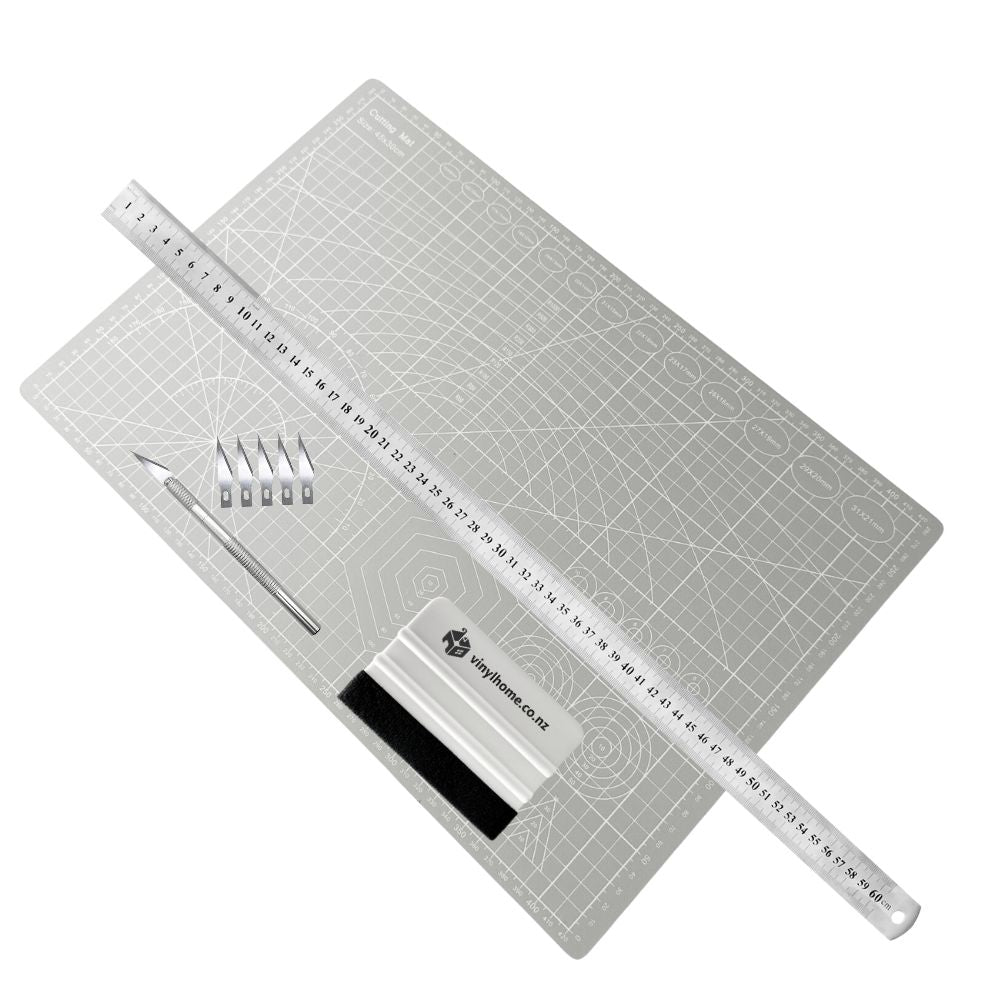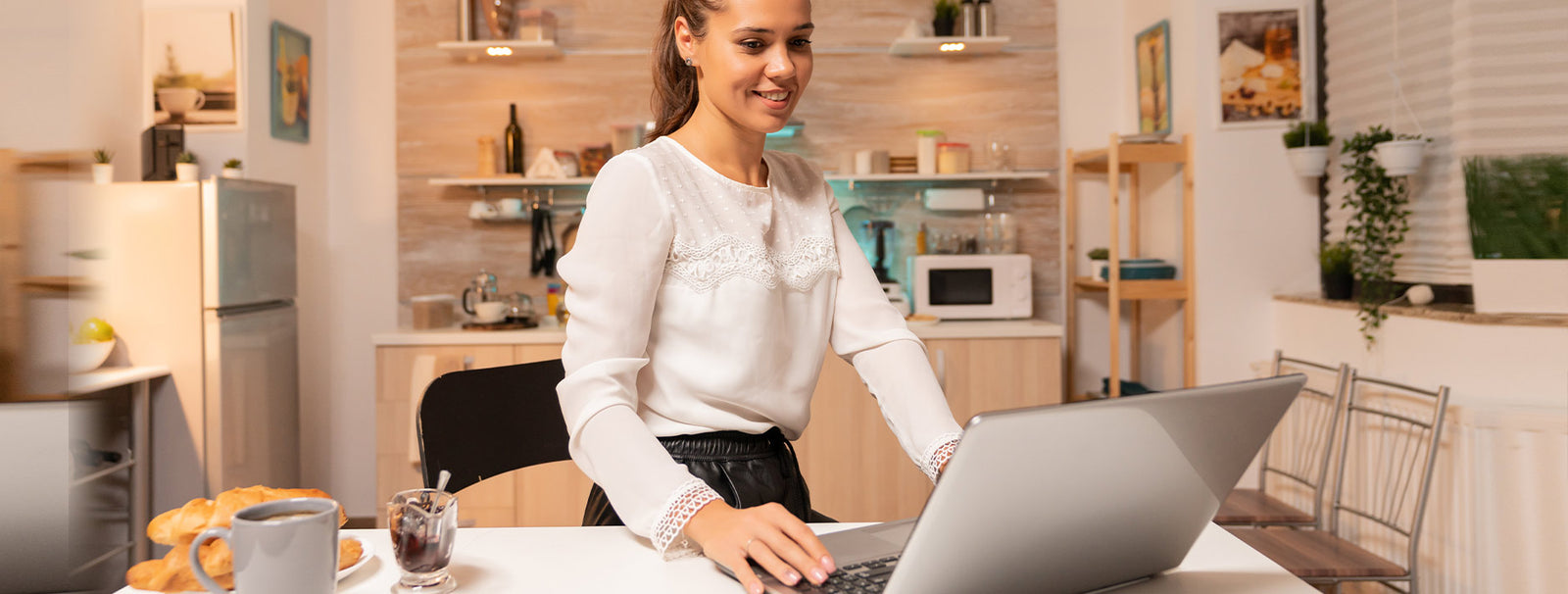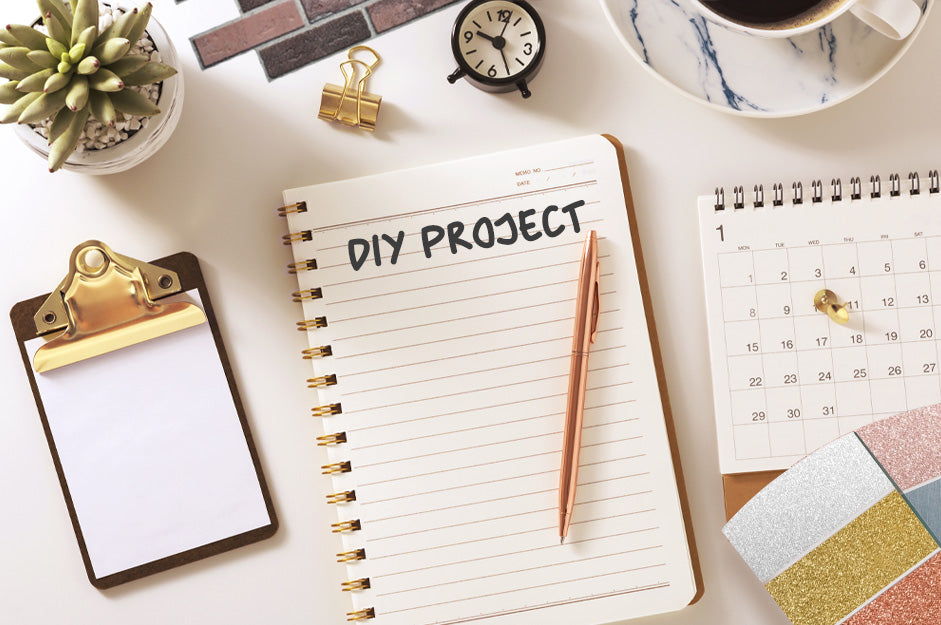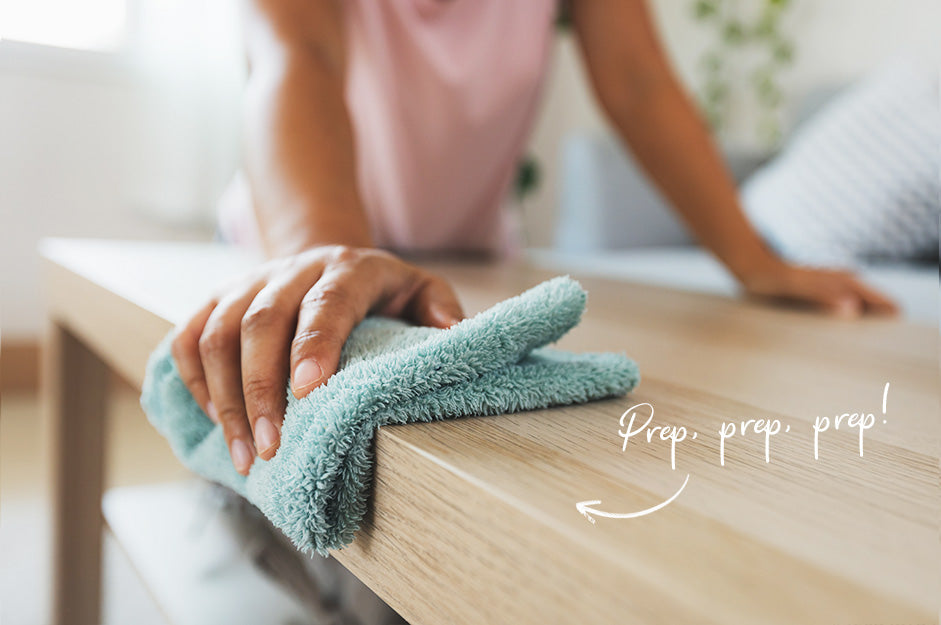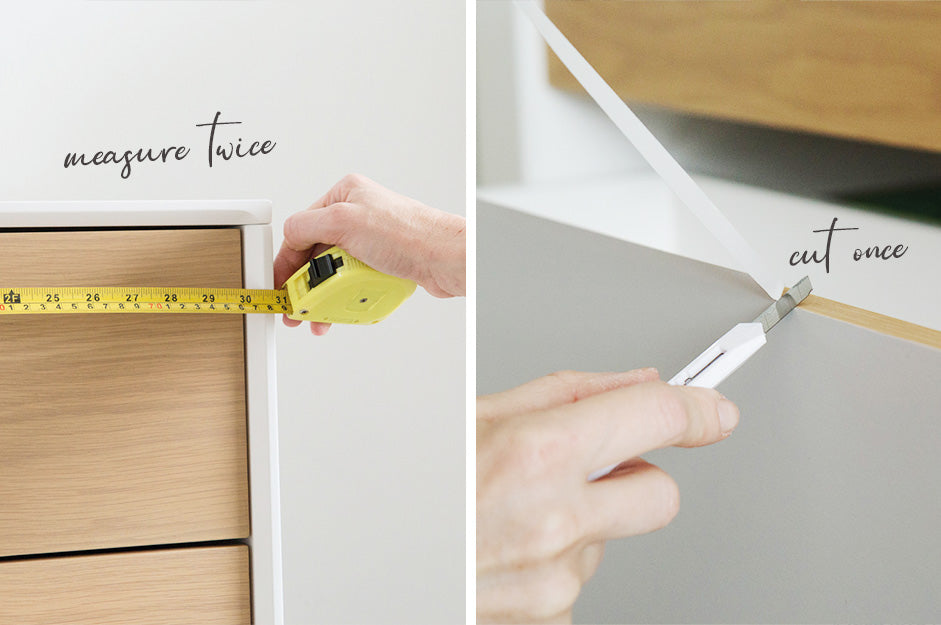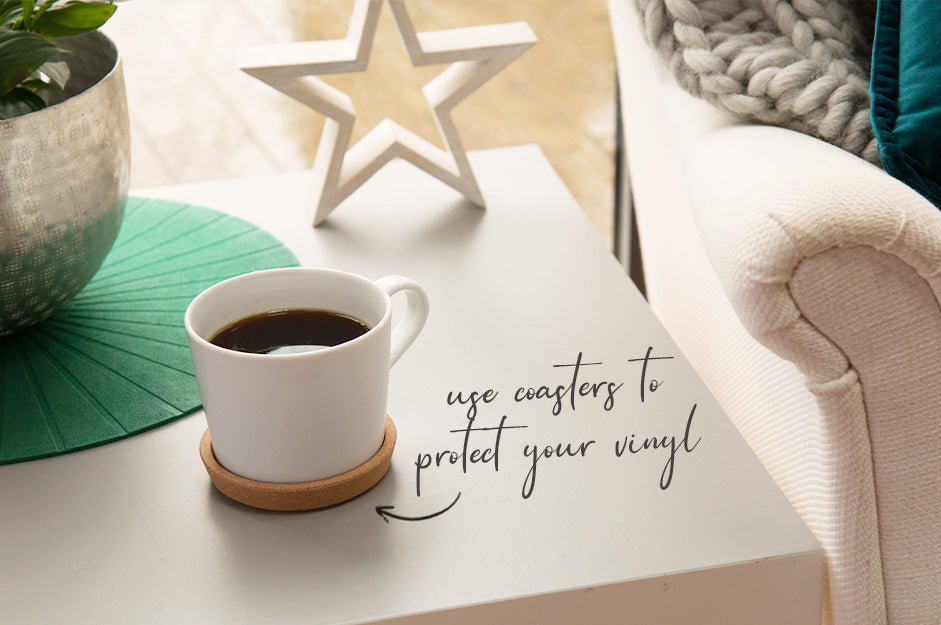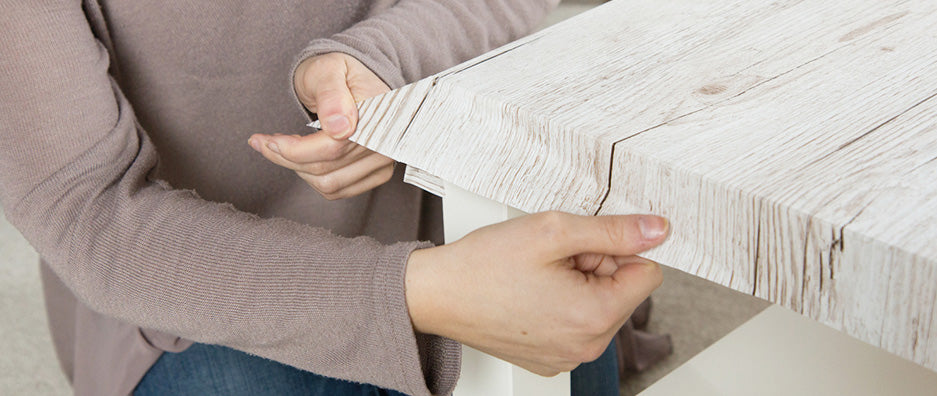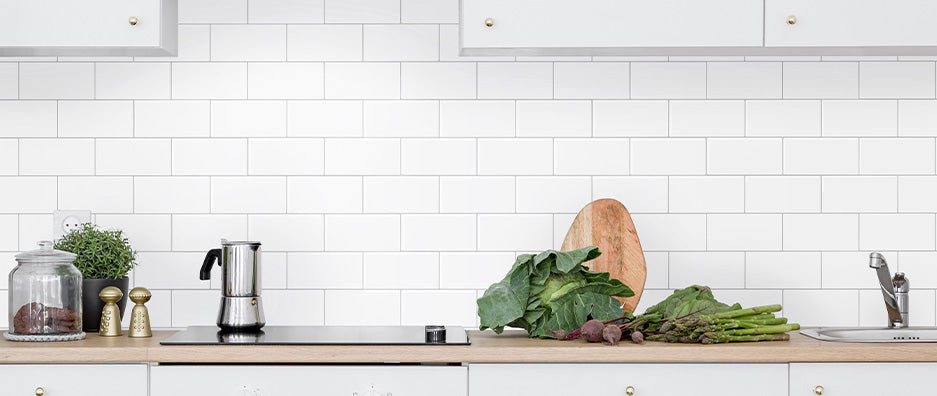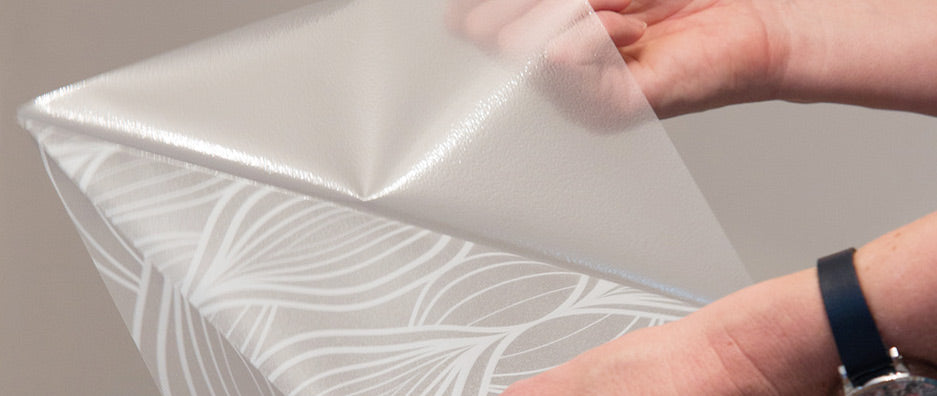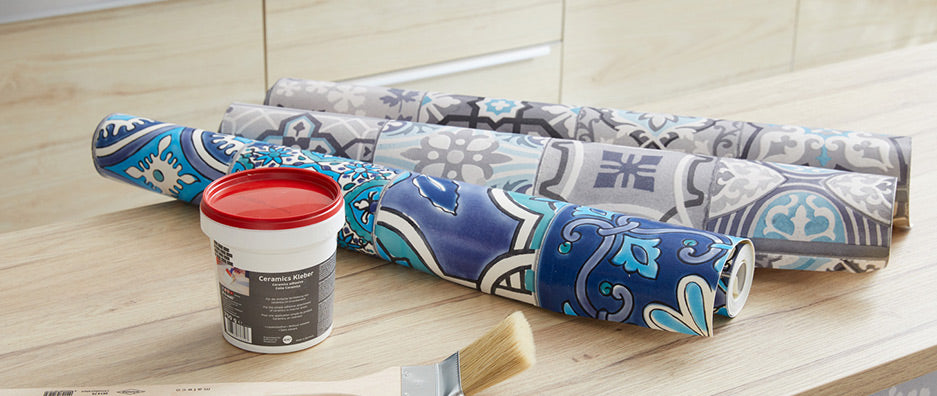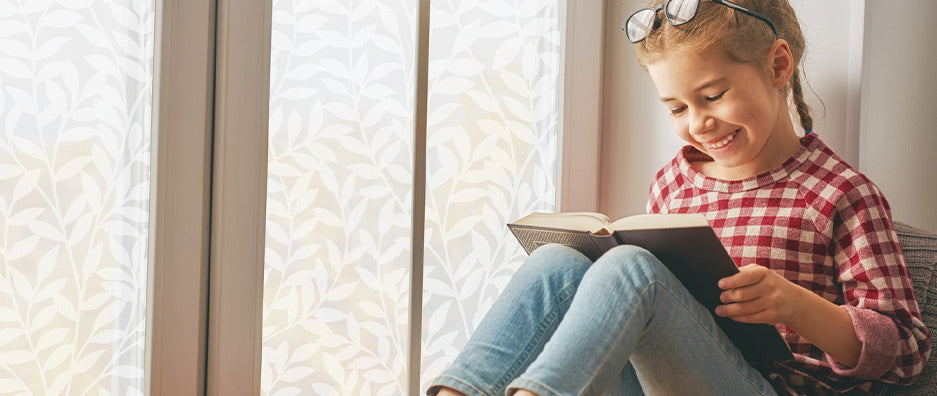This is not my first purchase from you guys, every other product has been jaw dropping amazing but these window tints are completely rubbish! I brought these thinking we could take down the net curtains in kitchen and still have some privacy but no you can still see in clear as day,not to mention the "crease" that is about half way down the roll and it won't squeegee away...it's there to stay :( won't be completing this project...with this product.
We decided to try the vinyl wrap products on our kids table and chairs that we had for years.
The MDF was bubbling up and wanted a new look. We sanded it down as best we could and decided to give it a go.
I choose Anthracite Matte as I liked the colour.
We had no idea if we could actually do it. After watching the how to videos we gave it a go. I have to say it was easy to do. The rounded edges were a challenge but we heated it with our hair dryer to soften and pull the vinyl into shape. It’s come out fantastic and beyond what I expected.
Overall I’m very impressed with the look and quality and product.
I’m planning to upgrade my kitchen at some stage now that I’m comfortable using the vinyl wraps
Excellent product that does the job perfectly . Thank you.
We bought the frost window cover to give our bedrooms privacy from neighbors. It is super easy to be successful with instructions and video. Photos are before and after.
*****In video, you can see the leftover film we taped to a window to decide we want to buy more for another room. Video shows how the light still moves and comes through into a room, which we really like.
We used the squeegee kit we bought too.
I must admit we were a bit skeptical about adhesive tiles but we were wrong. Quite easy to do a DIY but so important to have the tools to do a good job. We would purchase again.


